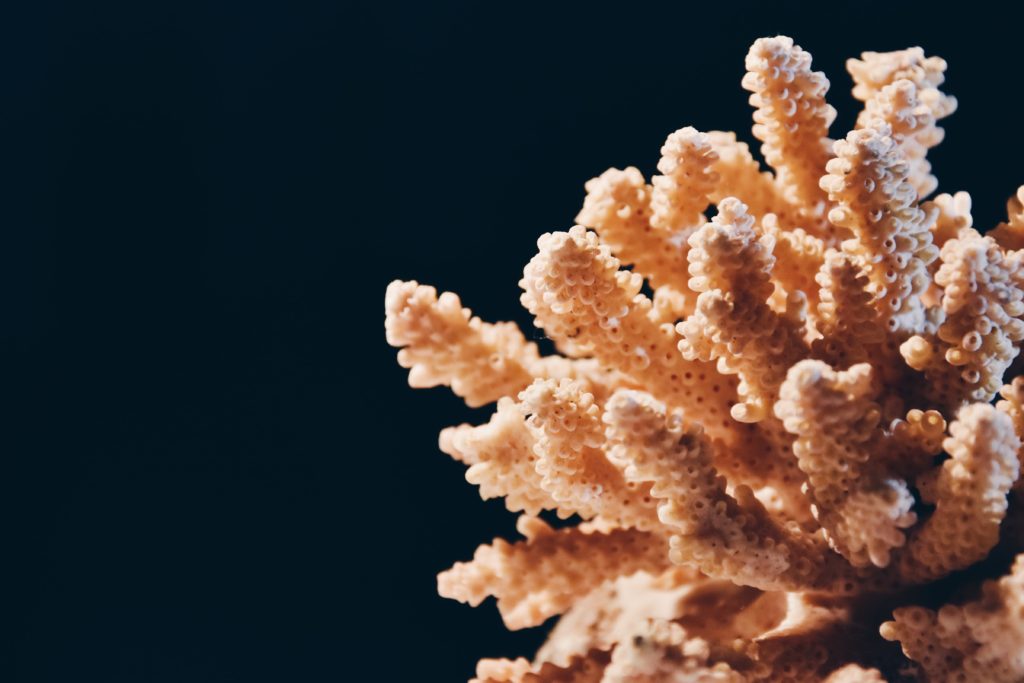The Great Barrier Reef has been the center of marine news for several years. The coral has experienced severe bleaching due to climate change, leaving less than 2% of it not bleached. Coral is an animal similar to jellyfish, and when it undergoes heavy stress, such as temperatures that are too high or too low, the animal loses its zooxanthellae, an alga that provides food, which can result in death for the coral. Unfortunately, The Great Barrier Reef isn’t the only reef experiencing this. In fact, scientists estimate that we have lost half of the entire coral population since the 1980s.
Coral reefs provide shelter to over 25% of all marine life. Many animals create homes and rely on the reefs to protect them from predators. But coral also protects us, as it acts as a natural barrier between our homes and the ocean. The reefs that build spectacular natural architectural wonders on the ocean floor serve as natural protection against coastal erosion and severe storms like hurricanes and tsunamis. Over 200 million people living along the coastlines of 81 countries rely on coral reefs to protect their own homes.
However, it seems that The Great Barrier Reef has decided to send 2021 off on a good note! Last month scientists witnessed the reef bloom in dazzling colors as wave after wave of the many species of corals spanning the 134,000 square mile coral network released sperm into the water. Coral spawning is only one of the ways the animal reproduces, it requires very particular conditions, so it usually produces asexually, which requires it to split in half. However, this method keeps the coral small and takes longer for the population to grow.
Marine Scientist Gareth Phillips, who is studying The Great Barrier Reef, described the experience, “I’ve seen the corals all go off at once, but this time there seemed to be different species spawning in waves, one after the other. The conditions were magical with the water like glass and beautiful light coming from the moon.”
Hopefully, this spawning event will bring many new corals to the reef is also not the only good news from this year! A team of scientists working at AIMS National Sea Simulator has been collecting samples from the spawning events and working on recreating the conditions and signals needed to trigger spawning. The team has also developed technology that allows them to locate heat-resistant coral to specifically collect samples from those corals and breed them so that more coral can withstand the warming ocean temperatures. This will help protect the Great Barrier Reef and allow it to continue regrowing its population.
After such a turbulent year, this is such welcome news! I hope that the end of your year blooms as it did for the corals!
Get more like this—Sign up for our daily inspirational newsletter for exclusive content!
__
Photo: Sandy Ravaloniaina on Unsplash





